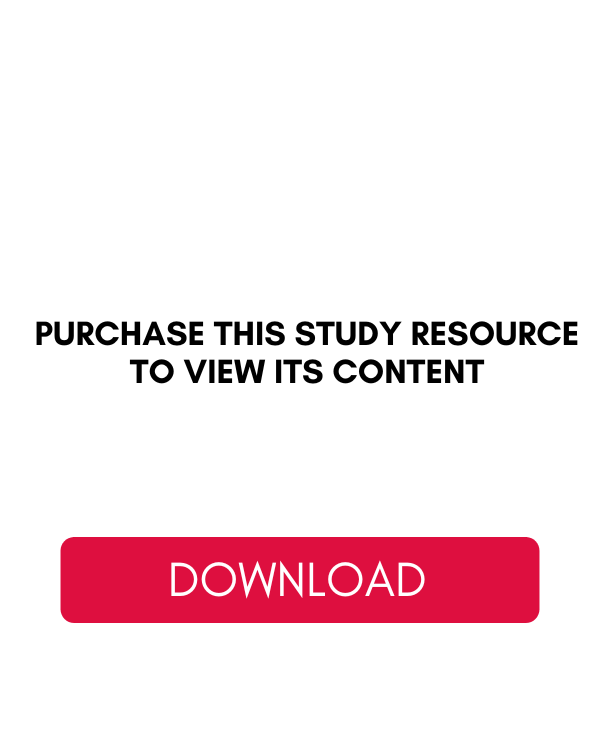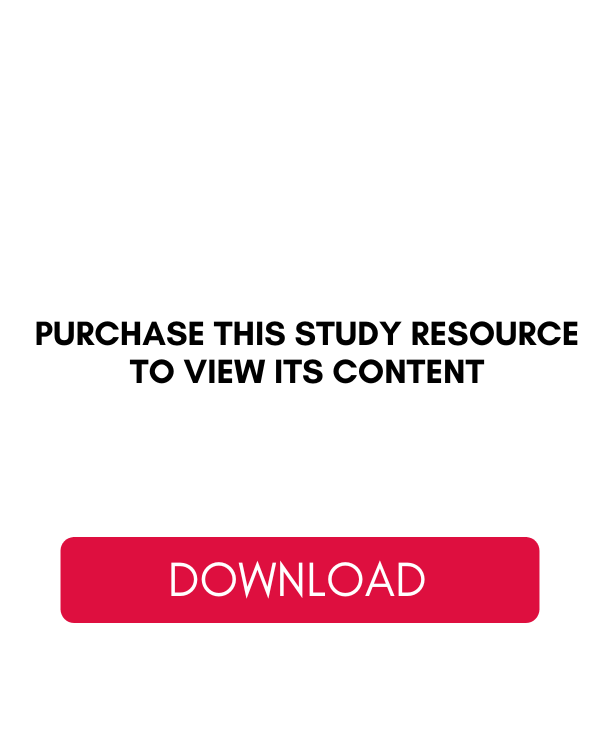Connecting theories to teaching & learning strategies
Contents
Evaluative commentary of lesson plan 6
Lesson Plan- 2
Subject: |
16/10/2021 |
Lesson: 2 | Time: |
Teacher: MRS. | |||
|---|---|---|---|---|---|---|---|
| EAL, SEND, and other notes on class: | Resources needed: - Use of PowerPoint The cards (photos) are hanging Camel cards with children |
Children are learning through Arabee Program. Where each letter has a
|
|||||
Topic of lesson and curriculum links: |
This is an elephant, and this is a mouse! The mouse is on the elephants’ head! Elephant: My mouth! Fire in my mouth! |
||||||
Learning outcomes Most of students can read key words and identify the different shapes of the letter FAA. They are challenged by adding connectives to start making their sentences in reading activities. All children can identify different shapes of the letter and join in the story narration in speaking activities and use elements to put it in daily life situations. |
|
||||||
- - |
|||||||
Evaluative commentary of lesson plan
Context of the lesson plan
Lesson plan 2 is for the students who are in the age group of 6-7 years, this is for developing the Arabic language. Lesson plan 2 is formulated considering that students do have prior knowledge about the keywords of the stories that they have learned in previous class in the story of the letter Haa with different animals on the farm. Considering this that student has gained knowledge about these keywords, in lesson 2 they will be encouraged to identify to use connective AND to the extend for vocabulary in their sentence, at the same time ensure that students can achieve this goal through reinforcing reading the story. The lesson plan aims to make sure that at the end of the lesson students can read the short sentences and they can fill in the missing words in the sentence. Apart from that, the aim is to make sure that the learner can identify the alphabets through tracing the shapes, labeling as well as copying the letters. Apart from that, they are encouraged to construct simple as well as short text using the familiar vocabulary. The lesson plan aims to exceed the expectations of the National Curriculum Coverage, National Framework, especially in providing quality education through an interactive manner and at the same time promote a long-term vision that is developing competency through primary education and creating access to the higher education that could further help them in transition to the workplace (Department of Basic Education, 2021).
List of strategies, methods, and pedagogical approaches in the lesson plan
Bellwork: The students will be asked to work on the feedback provided for the assessment done in the previous task, as this lesson plan is based on the prior knowledge of keywords, therefore it is important to make sure that students have grasped the correct knowledge and on right track (Alghamdi, 2021).
Collaborative learning: To make the class more engaging and interactive a collaborative learning approach is adopted where the students not only indulge in self-assessment but get the opportunity to be evaluated by their peers and interventions to form the teacher to build clarity about the concepts (Crawford and Jenkins, 2018).
Connecting theories to teaching & learning strategies
Psychologists have continuously researched in order to explore various ways through which a learner could learn but how they should learn (Crawford and Jenkins, 2018). The constructivism theory helps in understanding the main root cause of learning, the term constructivism has been derived from the English word construct that implies rearranging or structuring. according to this theory which believes that learners can learn well when they are actively participating in the learning process (Earl, 2013). According to Mattar (2018) who believes that the process of learning usually occurs when learners can construct and change their knowledge as well as thinking process within every step that is influenced by sense, language, surrounding environment, and experience. Considering this lesson plan has made sure to make the all the activities so that the maximum participation of the students could take place that will lead to better facilitation of learning process. The activities such as solving the puzzle, matching the words of the card next to the correct letter, asking them to read the sentences aloud, and asking them to translate the word. All these activities will help in constructing the knowledge through interactive way; therefore, it will be easier for the students to learn a new language (Earl, 2013).
Reflection
References
Alghamdi, N., 2021. Social Constructivism Theory in a Sociolinguistic Classroom. International Journal of Social Science and Human Research, 04(02).
Crawford, R. and Jenkins, L., 2018. Making Pedagogy Tangible: Developing Skills and Knowledge Using a Team Teaching and Blended Learning Approach. Australian Journal of Teacher Education, 43(1), pp.127-142.
Simonsen, B., MacSuga, A., Fallon, L. and Sugai, G., 2012. The Effects of Self-Monitoring on Teachers’ Use of Specific Praise. Journal of Positive Behavior Interventions, 15(1), pp.5-15.
Suskie, L., 2018. Assessing student learning. 3rd ed. John Wiley & Sons.





